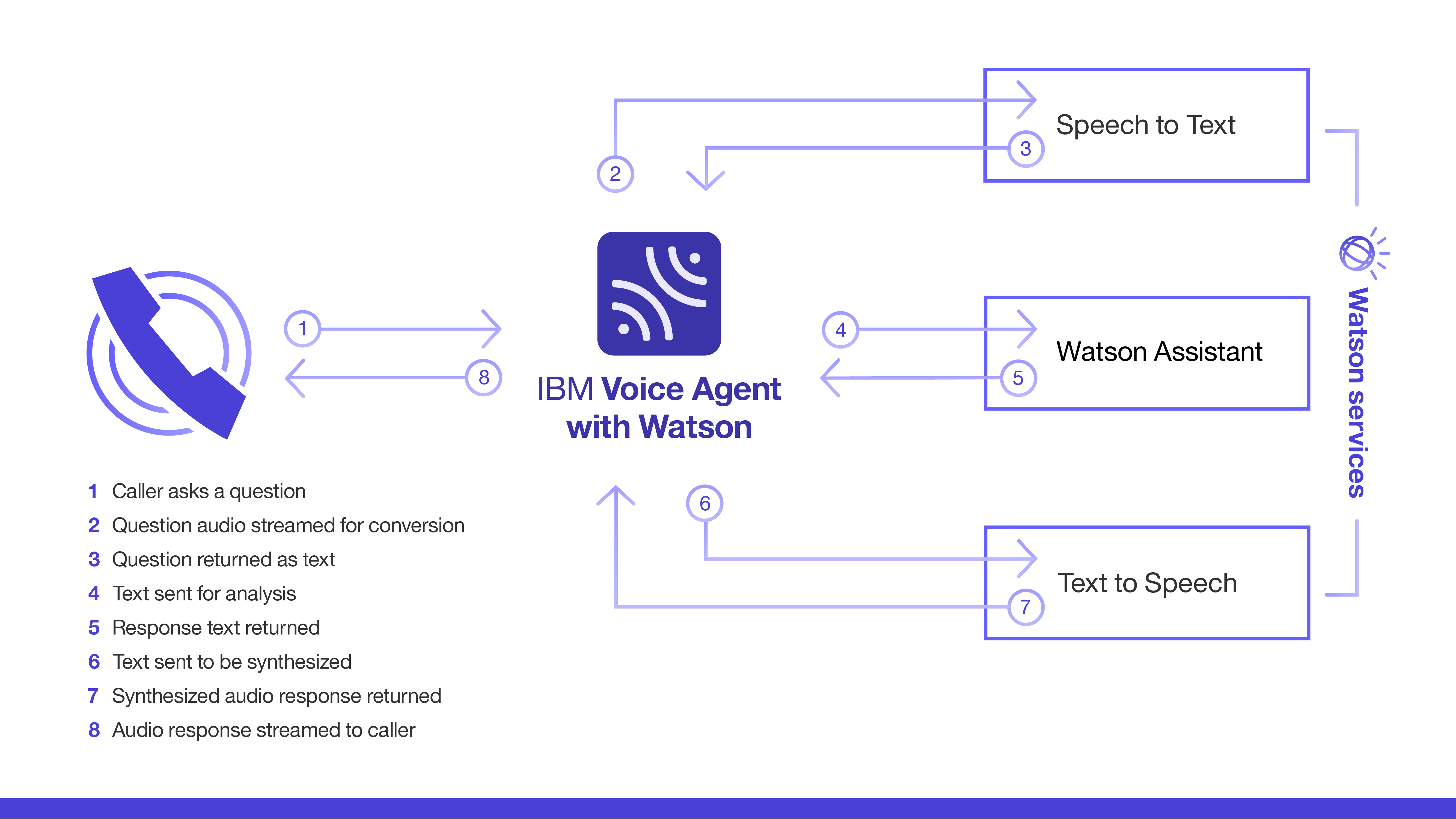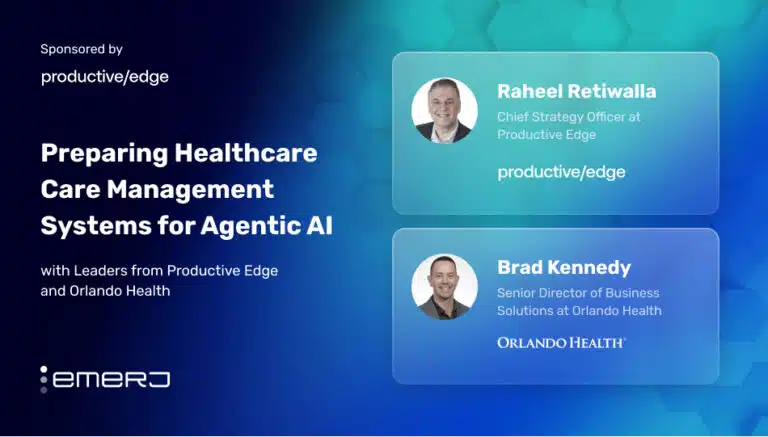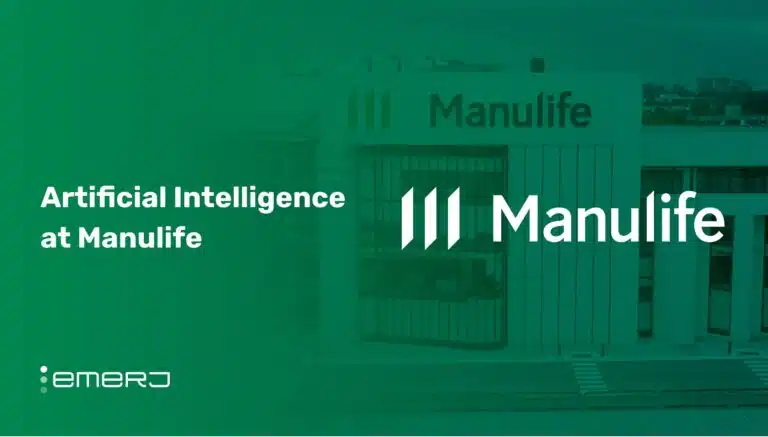Forrester surveyed call center business leaders and found that 46% of them expect their business to grow by 5%-10% in 2019. To make this happen, Forrester reports that companies will increasingly explore the use of AI-driven chatbots and voice services.
Previously, we released a report on chatbots for customer service. In this report, we expanded the scope of our research to look at customer service applications more generally. We researched the use of AI in the customer service space to better understand where AI comes into play in the industry and to answer the following questions:
- What types of AI applications are currently in use in customer service?
- What tangible results has AI driven in customer service?
- Are there any common trends among these innovation efforts? How could these trends affect the future of customer service?
This report covers vendors offering software across 3 applications:
- Voice
- Social
- Chatbots
This article intends to provide business leaders in the customer service space with an idea of what they can currently expect from AI in their industry. We hope that this report allows business leaders to garner insights they can confidently relay to their executive teams so they can make informed decisions when thinking about AI adoption. At the very least, this report aims to reduce the time business leaders in customer service spend researching AI companies with whom they may (or may not) be interested in working.
Voice
IBM Watson
IBM developed Watson Assistant, a phone-based interactive voice response (IVR) system or virtual assistant that interacts with callers using natural language processing (NLP) technology.
The company claims that Watson Assistant could reduce the need for callers to speak with human call center agents for issues that can be easily resolved and reduce the time needed to resolve a caller’s concern.
The application features both speech-to-text and text-to-speech interactions between customer service representatives and callers. The IBM Voice Agent solution enables this interaction using the Voice Gateway, the company reports.
The below diagram explains that Watson Assistant may first ask the caller one or two questions. The caller’s response is processed by NLP algorithms and converted into text. The text is further distilled by the technology by searching similar keywords and phrases in its database that match what the caller says and the context surrounding it. Once the system finds a match for an appropriate response, the system converts the text to speech and answers the caller in audio form.

For instance, someone could call the customer service line of a telecom company to inquire about a discrepancy in their bill. Watson Assistant would initially answer the call and asks for the caller’s name. Watson might then look up the caller’s name in the telecom company’s CRM. Watson would then ask the caller some security questions to verify their identity, such as their address or phone number. After verifying the customer’s identity, Watson would then begin to ask the caller questions relating to their concern.
According to the company website, Watson Assistant is trained to process domain language and reply to callers in a conversational style.
IBM claims Thomson Reuters used Watson Assistant to develop a Data Privacy Advisor, a global research, compliance, and current-awareness service that aims to help data privacy professionals stay updated of changing regulations and rules.
The two companies collaborated to create two services: Ask Watson a Question and Related Concepts. The Ask Watson a Question service enables data privacy professionals to ask questions in natural speech and receive similarly natural answers. Meanwhile, Related Concepts suggests related readings which callers may want to explore to further their research.
As explained in the 3-minute video below, the team used machine learning to train Watson on concepts such as “what is an organization?” and more complex concepts related to data privacy regulations. The team also taught Watson to respond in the language of the legal domain.
IBM claims Salesforce, KPMG, LivePerson, Volkswagen, Identity Guard, and Accrete.ai have also used Watson for their customer service initiatives.
Alexa for Hospitality
Amazon recently launched Alexa for Hospitality, which the company claims can serve as a virtual concierge for hotel guests. By accepting routine requests and directing these to the correct staff, Alexa for Hospitality could enable hotel staff to better focus on more critical guest interactions.
The application works with Amazon Echo, Echo Plus and Echo Dot speakers. The company claims that Alexa can assist guests from their own hotel rooms when they want to play music, order towels, control in-room temperature or lighting, find local restaurants and attractions, and check out of the hotel.
Amazon claims users can speak directly with Alexa when they are in their hotel room and use natural speech to make requests, such as ordering room service, requesting a wake-up call, or requesting that their room be cleaned. Then, Alexa will notify the right hotel team, such as the housekeeping staff or the kitchen, about the guest’s request.
According to the website, Amazon is working on developing a new Alexa skill that enables guests to connect to their Amazon account, allow them to play their preferred music, and listen to Audible audiobooks.
Amazon only recently launched the application, and so the company does not yet offer case studies nor a list of marquee hotels reporting success with Alexa for Hospitality. However, Amazon claims Marriott International plans to implement the application at select properties in Marriott Hotels, Westin Hotels & Resorts, St. Regis Hotels & Resorts, Aloft Hotels, and Autograph Collection Hotels.
Social
Microsoft Dynamics 365 for Customer Service
Microsoft offers Dynamics 365 for Customer Service, one component of which is a machine learning-driven social tracker. According to the company, the software is capable of combing through an organization’s social channels and detecting the sentiment of customers. We can infer that this application might be using NLP to extract pre-defined keywords in its system from social media posts to determine the customer’s level of satisfaction.
As explained in the video below, this enables organizations to identify specific customers who need assistance. The company claims the application has the capability to automatically create cases or tickets and route them to an agent if needed:
Dynamic 365 also comes with a chatbot service, which uses NLP and machine learning to provide automated responses to repetitive and simple customer queries.
HP Inc. serves 600 million technical support queries yearly. To improve call center services, HP built a virtual agent using the Microsoft Dynamics 365 AI solution for customer service. According to the case study, this enabled customers to interact with the assistant to solve easy issues and relieve some of the load from call center agents.
The case study explains that the solution was trained using information from HP’s 50,000 pages of product information, to help customers troubleshoot HP devices. HP also uses the virtual assistants to train its algorithms on common customer issues.
“The virtual agent gets smarter over time, so our agents will always have the best possible resolution. Originally, we were addressing 15 to 20 percent of issues with digital tools. We’re expanding that to close to 70 or 80 percent with artificial intelligence,” says Daniel Martinez, Director of Support Solutions for HP. The case study did not provide exact figures.
Other companies that use Dynamics 365 are Michael Hill, Boys & Girls Club of America, Renault Sport, Amway, Pandora, Marc Jacobs, Fender, and Macy’s.
John Hoegger is the Principal Data Scientist Manager for Microsoft 365. He has 20 years of experience at Microsoft, rising from being Principal Test Manager for Office Licensing & Azure Infrastructure to his current role. Prior to Microsoft, he served as systems engineer at Conveyors International. Hoegger obtained his Master’s degree in Information Technology from De Montfort University.
Chatbots
Digital Genius
Digital Genius offers a software which they claim can help businesses such as travel agencies both automate their repetitive customer support inquiries and assist human agents with answering customer questions using NLP. Essentially, Digital Genius offers a chatbot that allows for greater user input, a service they call “Co-Pilot.” Digital Genius primarily integrates with Salesforce and Zendesk.
Digital Genius claims their software automatically pulls possible responses to frequent customer inquiries based on a business’ historical record of customer-agent conversations. In other words, the software generates responses to customer questions from past human responses to those questions.
The Digital Genius chatbot can then automatically send that generated response to the customer, or it can also be set to wait to send the response until it receives human approval. This could potentially minimize future errors as each time the human agent approves or disapproves of a response, the chatbot will take that decision into consideration when it offers its next response.
In effect, Digital Genius says the business’ human customer support agents are in part responsible for training the machine learning algorithms behind the chatbot. From our research, we’ve found that this is common for many chatbots on the market.
According to Digital Genius, if the chatbot’s generated response falls above a certain confidence interval of accuracy, provided as a percentage, then the system can be set to automatically send the customer that response.
For example, if a customer asks, “Is the seat next to me still empty,” the chatbot may present the response, “The seat next to you is still available” with a 75-percent confidence interval. That 75 percent figure might warrant human agent approval before the response is sent.
On the other hand, if a customer asks, “Can I bring my puppy on the flight,” the chatbot may generate the response, “Yes, you can bring pets on board in economy and business class” with a 98-percent confidence interval. At a 98-percent confidence interval, the chatbot may automatically send the customer the response.
Confidence seems to be one of Digital Genius’ value propositions. The confidence interval tests the accuracy of the information it is sending to the customer. In the seat availability example, the system determined that there was a 25-percent chance that the customer’s seat was already taken. It would then be up to a human agent to verify if that is actually the case to make sure the customer isn’t misled.
Additionally, Digital Genius claims its chatbot will transfer the customer to a live service agent (on the user business’ staff) if it cannot interpret the customer’s response.
In the below video, from 1:34 to 3:00, Mikhail Naumov, President and Co-Founder of Digital Genius, demonstrates his company’s chatbot:
Digital Genius claims to have helped Travelbird reduce the time its customers spend dealing with customer support representatives. Travelbird integrated Digital Genius into their Zendesk account so that it might handle repetitive customer inquiries. According to Digital Genius, after 3 months their software was helping Travelbird with upwards of 65 percent of its customer service tickets.
Due to the high frequency of use, Digital Genius claims that the chatbot was generating responses with confidence intervals above 95 percent. Travelbird agents, therefore, found themselves using those generated responses—also called, macros—200 percent more often than before they integrated the chatbot into their service protocol.
Digital Genius adds that Travelbird reduced the number of times human agents needed to assess the customer inquiry and type out a response to it. Digital Genius claims this could save the company’s customer support costs.
Nine months after Travebird began using the company’s chatbot, Digital Genius says the business increased the average retention of their support staff from eight to 12 months.
Digital Genius does not list any major companies as clients, but they have raised $26 million in funding.
Bogdan Maksak is Co-Founder and CTO at Digital Genius. He holds a Master’s degree in software engineering from Oxford University. However, Maksak does not seem to have a significant professional background in machine learning.
Clare.AI
Hong Kong-based Clare.AI created a namesake chatbot and financial digital assistant that caters to clients in the financial industry in Asia. The company claims that the application is trained in Asian languages, such as Bahasa Indonesian, Simplified Chinese, Cantonese, Korea, Malay, Pilipino, Thai, Japanese, and Vietnamese. It can also take in questions and respond in English.
The company claims that the chatbot uses machine learning and natural language processing to respond to queries via text. The speech-enabled application is able to understand and vocally respond in Cantonese, Simplified Chinese, and English, according to the company. The chatbot is integrated into the bank’s messaging system to learn more about the customers and provide more in-depth responses about account information and transactions.
The company did not detail the AI process that enables the application to respond to queries, but since the chatbot likely uses NLP, we can infer that the application filters its dataset for patterns and is able to extract meaning from the user’s query by identifying the keywords in the question. Then, the chatbot searches for these keywords in its database and the user’s accounts, if necessary, to respond to the query.
As seen in the video below, users can use the chatbot by typing their queries. The clients may ask about the details of their bank accounts and finances, and Clare claims its chatbot then accesses the bank’s system to provide responses to the customer’s query.
The chatbot may also provide users with guidelines for more prudent spending and financial management. The more the user uses Clare’s chatbot, the better it learns about the user’s spending habits, and the better it can tailor its financial management advice.
The company does not list clients nor make case studies available.
Ken Yeung is founder and CEO of Clare.ai. Prior to this, he founded Quantize Analytics, served as a principal developer at Saxo Bank and as a software developer at the World Health Organization. He holds a Master’s degree in Computer Science and Engineering from the Technical University of Denmark.
Kylie.AI
Kylie.AI built a namesake chatbot that claims to reflect the business’s brand personality to provide customers with more human-like and empathetic responses.
Kylie did not specify the AI process, but claims that it works with a company’s top 10% of call center agents, training the algorithms based on the agents’ personalities, and use these to create automated responses to customer queries. In turn, these automated conversations are also used to guide newly-employed human agents to respond in a similar manner.
Kylie uses deep learning and NLP to analyze customer messages and to create what the company calls “empathetic responses” by using words that are commonly used in natural human conversation, but still in keeping with the company voice.
For example, if a customer asks “How do I reset my password?” Kylie’s system will review the company’s database of historical responses to that question. If it finds 10 different responses related to that question, It will then rank the responses based on its confidence level and provide the best one to the customer.
According to co-founder and CTO Sinan Ozdemir, the customer service manager or agent remains in control of the session and may decide to adjust the response or allow the application to send the response. This makes the software usable by other departments, including marketing and sales departments, in that the chatbot represents the company brand by using the same voice and brand messaging.
Businesses could use Kylie to connect disparate customer service systems and customer support channels, such as CRM systems, email, live chat, social media, and order management systems to train its algorithms and automate conversations. This enables Kylie to classify and understand the type of questions that customers might ask.
The company does not seem to make a demonstration video showing how its software works available.
In a case study, Brazil-based Computel approached Kylie.ai to provide an application that would enable it to support its 13,000 customers. Computel needed to reduce its time spent on a ticket. The business also struggled to train new agents to keep up with the high volume of inquiries.
The case study did not provide details, but reports that deploying Kylie enabled Computel to decrease its response time, and reduce the training time of train new agents.
The company also lists University of California in San Francisco, Microsoft, Verizon, Nike, Best Buy, HP, and DiGiorno Pizza as clients.
Before joining Kylie.ai, Ozdemir was the founder and CTO of Legion Analytics. He is an adjunct professor at the Johns Hopkins University, where his work revolved around data science and theoretical mathematics. He obtained his Master’s degree in pure mathematics from the same university.
Next IT
Next IT offers conversational AI software which they claim can help businesses of all kinds save on customer service costs using NLP-based chatbots.
Next IT claims their staff first uses “machine learning technologies,” likely an NLP algorithm, to retrieve data from a business’ backlog of conversations between agents and customers. With this information, Next IT then proposes a chatbot that would work best for that business. After approval, Next IT creates the chatbot themselves.
Next IT then seems to train the chatbot on the business’ customer-agent conversation backlog before providing it to the business with whom they are working. The chatbot would then, theoretically, be ready to integrate into the business’ website as soon as Next IT “hands” it to them. By the end of the transaction, the business could have a tailor-made chatbot which is able to answer the most frequently-asked questions it receives.
Below is a 1-minute video demonstrating how a Next IT chatbot might work when the company is finished training it:
Next IT claims to have helped Amtrak create a self-service chatbot that allowed website visitors to more easily purchase ride tickets. Next IT created Julie, an award-winning chatbot designed specifically to handle Amtrak’s customer inquiries.
Prior to being a chatbot, Julie was Amtrak’s automated phone service. According to Next IT, implementing the Julie chatbot resulted in Amtrak saving $1 million in customer support expenses in one year as well as 30 percent more revenue generated per travel booking based on a monthly average.
Next IT also lists the US Army, Alaska airlines, Charter Communications and BECU as some of their past clients.
Fred Brown is the CEO of Next IT, which was acquired by Verint for $30 million in 2017. He does not list his past education nor work history on his LinkedIn profile, and it appears that Next IT’s CTO Mike Wiseman does not have a LinkedIn profile. That said, Next IT has 138 employees, and its parent company Verint has over 3,000.
Takeaways for Business Leaders in Customer Service
Based on our research, customer service applications are dominated by chatbots. The market mostly consists of startups that usually offer chatbots that are applicable to multiple industries: retail, transport, hospitality, and financial services, among others.
Global companies such as IBM and Microsoft also have their own customer service offerings that seem to be more robust than their startup counterparts. These applications operate across more channels, such as phone systems, as well as social and chatbot messaging. IBM specifically pairs its virtual assistant with a voice service.
Among the more unique applications are Clare.AI, a chatbot that focuses on the banking industry in Asia, and DigitalGenius, which offers a chatbot that the company claims is trained to provide empathetic answers based on human call center agents’ responses.
In all, these applications aim to reduce the time spent resolving a caller’s concern by training the algorithms in repetitive queries. These applications also aim to minimize the escalation of queries to human customer service representative to allow them to focus on more complex cases.
The recurrent theme among these services is that across channels, they generally only work for automating repetitive process and less complicated customer queries. Human intervention is still need for issues that are more complex.
Header Image Credit: MySECO


















